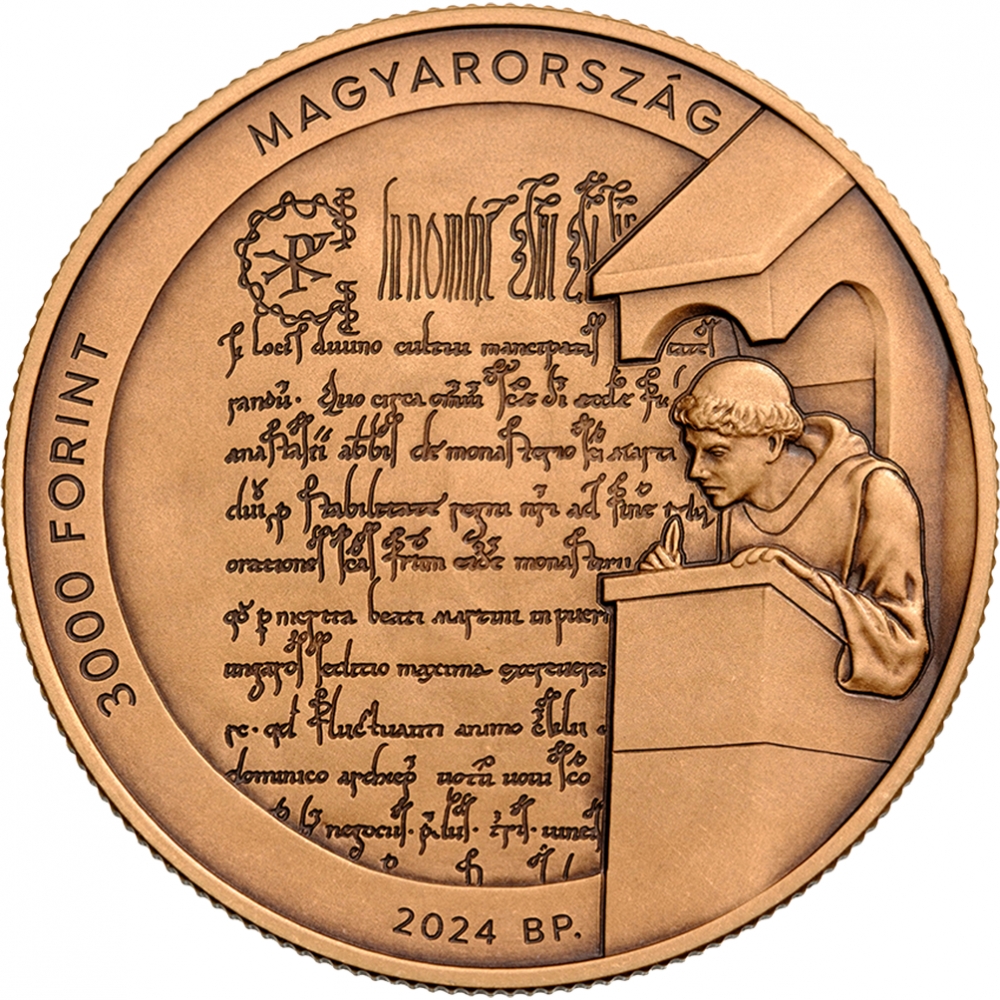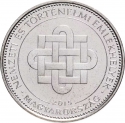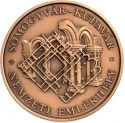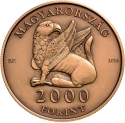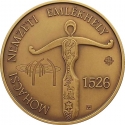You are about to finish your registration. Please check your mailbox (including spam folder). There should be a letter with a confirmation link. Check setting to make sure that your e-mail address is correct.
Send letter againDescription
Hungarian historical landmarks hold profound significance as sites of memory, revered for their national, religious, regional, or minority importance. While they often boast remarkable architectural features, their primary value lies in their historical significance. According to legislation, a national memorial site can encompass either a constructed setting or a natural locale where a pivotal event from the past, shaping the nation's trajectory, or a significant state decision has unfolded, deemed worthy of national remembrance.
Distinguished national memorial sites serve as crucial touchstones in both Hungarian history and the history of the Hungarian State. They offer visitors a window into the pivotal events, tragedies, and triumphs that have shaped Hungary's past. Presently (as of 2024), the country boasts sixty-four recognized historical landmarks, designated as such by government decree following recommendations from the National Memorial and Mourning Committee. The National Heritage Institute ensures their consistent identification, erecting markers that not only uniformly distinguish the landmarks but also succinctly convey their significance to interested parties.
Engraver: Balázs Bitó
Obverse

|
Depicts an illustration of the building complex and surroundings of the Pannonhalma Archabbey, encircled by a ring. At the bottom, partially overlapping the ring, is the coat of arms of the Hungarian Benedictines, with the engraver's privy mark located on the right side. On the edge of the ring, the inscriptions "PANNONHALMA ARCHABBEY" and "NATIONAL MEMORIAL SITE" are displayed, separated by the emblem of the national heritage sites. PANNONHALMI BENCÉS FŐAPÁTSÁG NEMZETI EMLÉKHELY |
|---|---|
Reverse

|
Depicts a detail from the founding charter of the Pannonhalma Archabbey, surrounded by a circular ring. On the right side, interrupting the circular ring, appears a statue of Saint Maurus of Pannonhalma by Géza Stremeny, emerging from one of the supporting pillars of the Saint Martin Basilica in Pannonhalma. Along the edge of the obverse, within the circular ring, the inscription "HUNGARY" is at the top, the year of issue and the mint mark "BP." at the bottom, with the denomination and the word "FORINT" on the left side. 3000 FORINT MAGYARORSZÁG |
| Edge |
3000 Forint
Hungarian National Memorial Sites
Pannonhalma Archabbey
Subscribe series
KM#
Hungarian National Memorial Sites
Pannonhalma Archabbey
Characteristics
| Type | Commemorative Issue (Non-circulating) |
| Material | Bronze Plated Copper |
| Weight | 18.4 g |
| Diameter | 37 mm |
| Thickness | 2.7 mm |
| Shape |
|
| Alignment | Medal |
| Mint |
Budapest Mint (BP)
|

